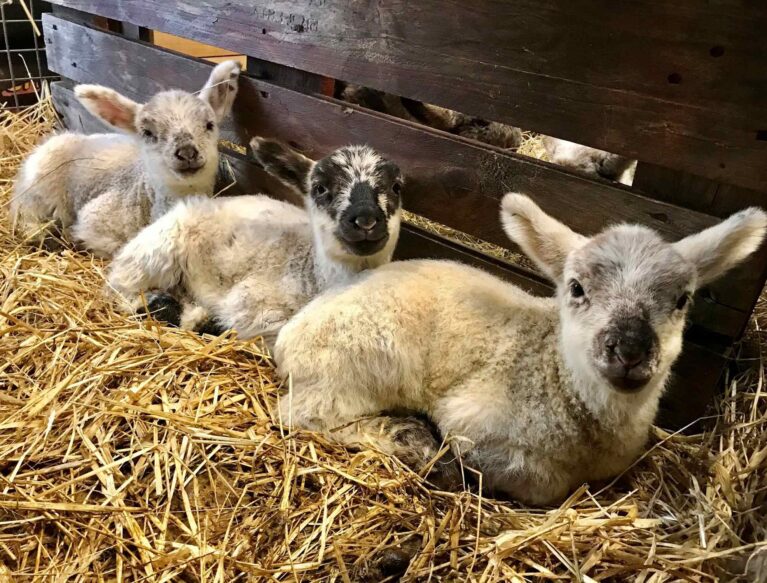Health Planning [SP.RA.HP]
Smallholders Orkney – Are EWE ready?
Advice for small holders on preparation for and, getting through lambing!
Read More >Caithness New Entrants Group – Healthy Ewes
Local Highland Vets, Ken and David will be taking you through the management of your ewe flock from tupping, during pregnancy and through to lambing time
Read More >Scald In Lambs
What is scald? Scald is also known as interdigital dermatitis and is most common in lambs. It is a superficial infection of the skin between the claws caused by the…
Read More >Nematodirus Hatching…….
The warm weather has been a welcome return for grass growth and conditions for outdoor lambing’s. However, this warmer weather has made conditions for Nematodirus battus hatching. Who favour a period of cold weather followed by a cumulative period of 7-10 days of temperatures over 11ºC. Nematodirus eggs on the pasture shed by lambs last year will have survived through winter and will hatch in the right conditions now.
Read More >Technical Note (TN743): Johne’s Disease In Cattle
Johne’s disease is an infectious wasting condition of cattle and other ruminants. This technical note outlines how to identify Johne’s disease in both dairy and beef herds and what steps to take to control it.
Read More >Ovine Pulmonary Adenocarcinoma
Often referred to as “Jaagsiekte” it is caused by a retrovirus. This virus infects the lungs of sheep, causing tumours to develop and fluid to accumulate within the airways.
Read More >Maedi Visna
MV is caused by a retrovirus and is capable of having devastating effects on a flock, significantly reducing fertility and productivity. MV is a chronic wasting disorder, which is increasing in prevalence across UK flocks (recently doubling from 1.4-2.8%).
Read More >Caseous Lymphadenitis
Caseous Lymphadenitis (CLA) was first detected in UK sheep during 1987 following the importation of infected goats from Germany. Caused by the bacterium “Corynebacterium pseudotuberculosis” this is a chronic disease often characterised by the formation of abscesses within the lymph nodes and/or internal organs of infected animals.
Read More >Bolusing Versus Drenching For Ewes
Boluses or drenches both have their merits for supplementing ewes with trace elements at key times of the production cycle (pre-tupping and pre-lambing), but is one better than the other? Both are labour intensive but ensure that every animal has received its dose, as opposed to relying on ewes getting their correct allocation from buckets, feed blocks or free access minerals.
Read More >











